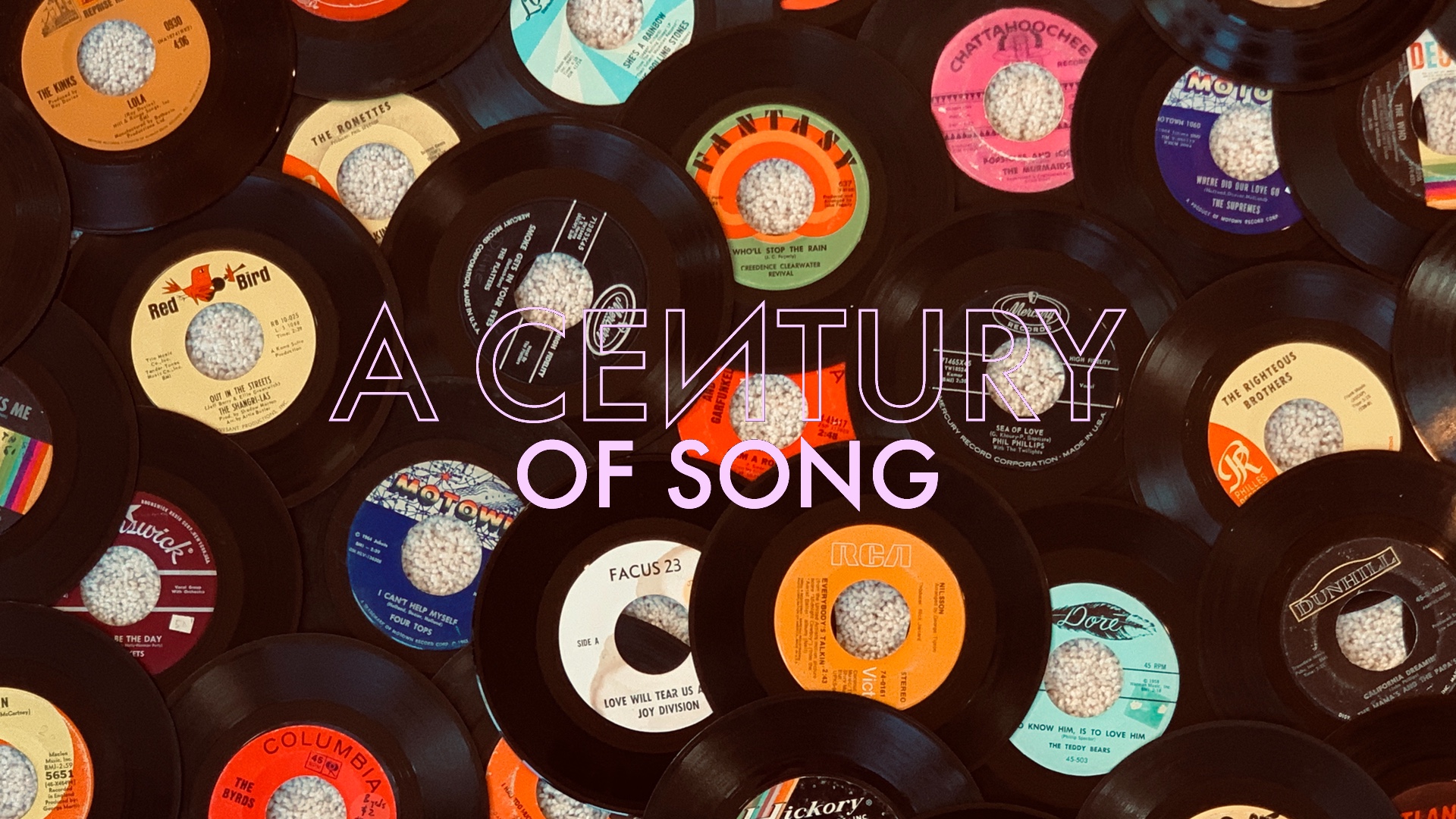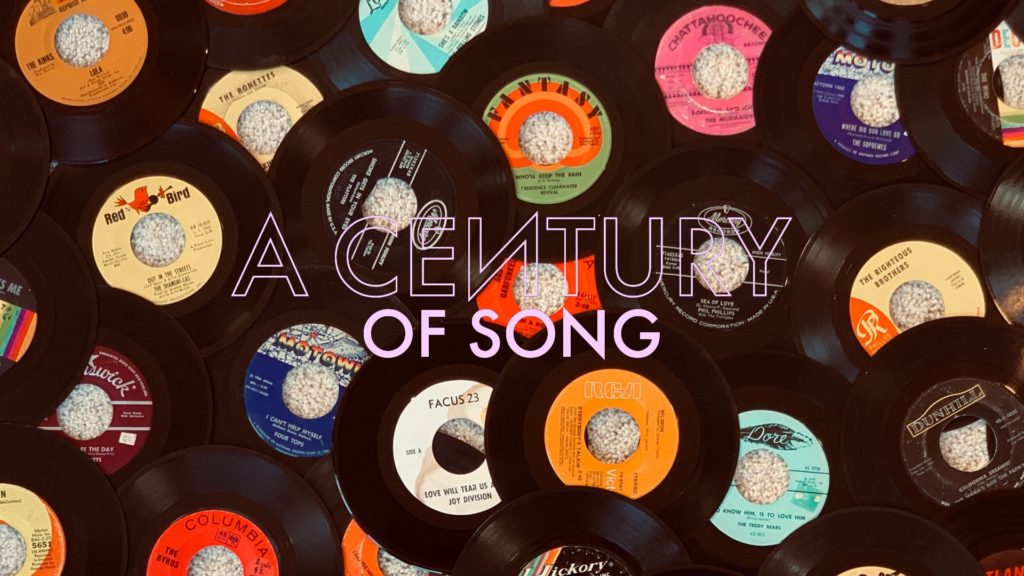
A Century of Song is an attempt to summarize 100 years of popular music through 1000 carefully chosen tracks. Included within this list are landmark singles, stellar album cuts, huge hits, hidden gems, and more than a few personal favorites. Read the introduction for the project here, and enjoy the embedded videos and Spotify playlist.
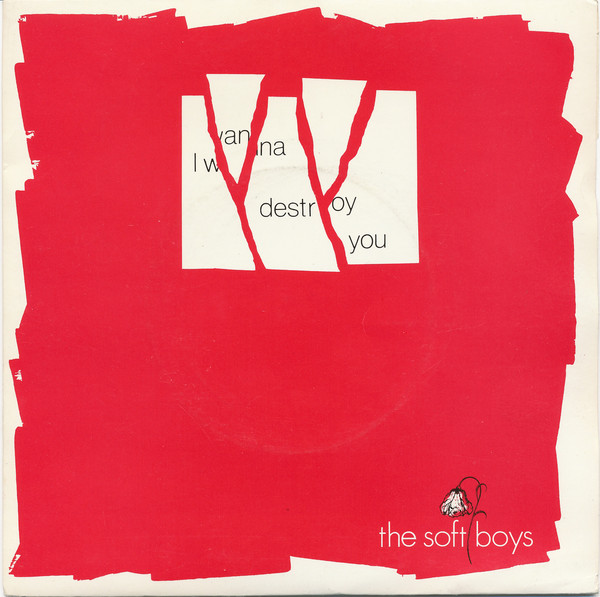
860
Caught between the sixties-inspired power pop and punk rock of the seventies, and preceding the college rock and Paisley Underground scenes of the eighties, The Soft Boys’ signature track was both familiar and prescient when it arrived in 1980. At least, it would have been had more people actually heard it. Appearing as the lead-off track to the Cambridge band’s second and final album – the commercially unsuccessful Underwater Moonlight – “I Wanna Destroy You” was an anthem out of time.
Written by Robyn Hitchcock – who would go on to a long and successful solo career – the track’s lyrics rail against war hawks and media manipulation. While it may sound intimidating, the song sugarcoats any aggression that it harbors with one of the catchiest choruses of the post-punk era, and the group’s soaring harmonies make “I Wanna Destroy You” a particularly irresistible threat.
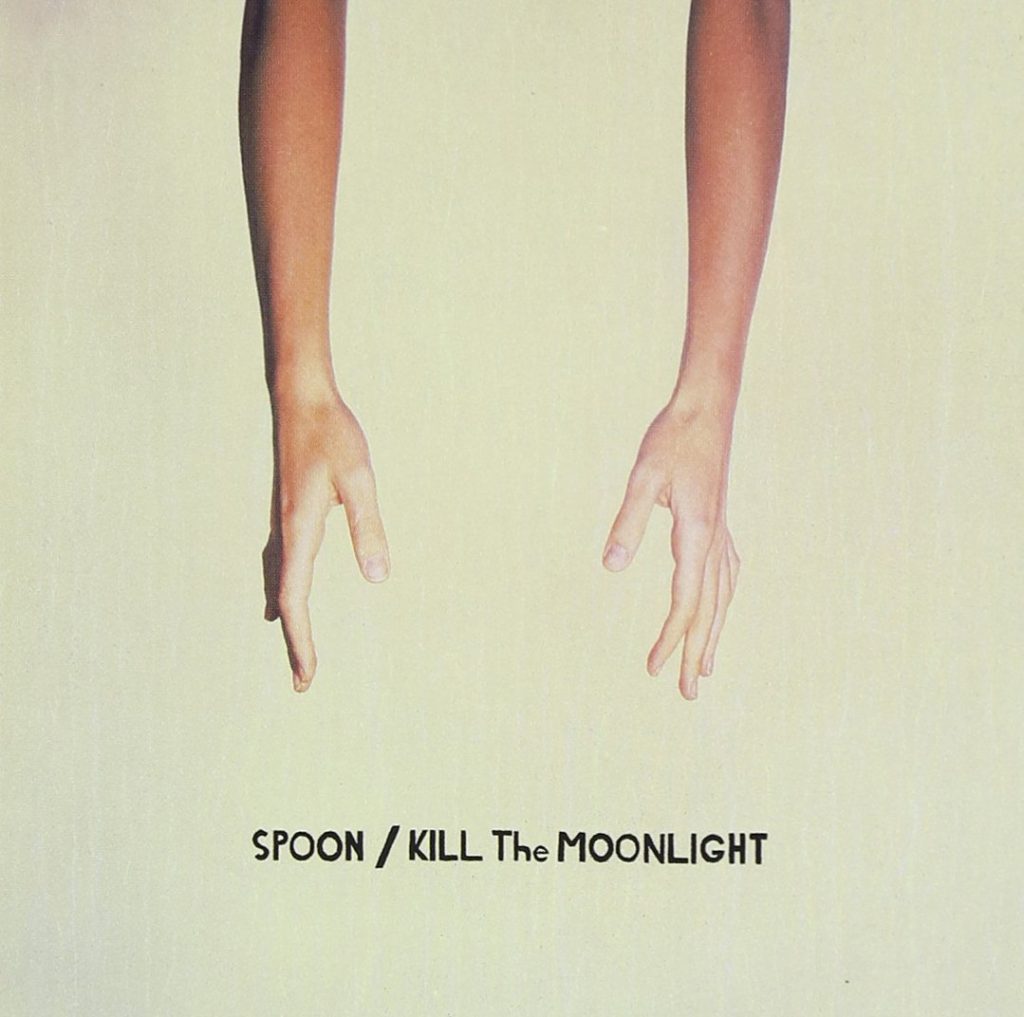
859
Spoon finds the perfect balance between their minimalistic production and pop hooks on this standout track from their fourth LP, 2002’s Kill the Moonlight. The catchy chorus and rhythmic swagger of “The Way We Get By” helped to land the song on film and television soundtracks, which ultimately ushered the Austin group to a much wider level of recognition.
A propulsive piano-led track, “The Way We Get By” rides the inherent tension in its rhythm section until the restrained release of its second half. That restraint adds to the decidedly “cool” feel of the song – an element that the band would return to time and time again, but never quite as effectively as they did here.
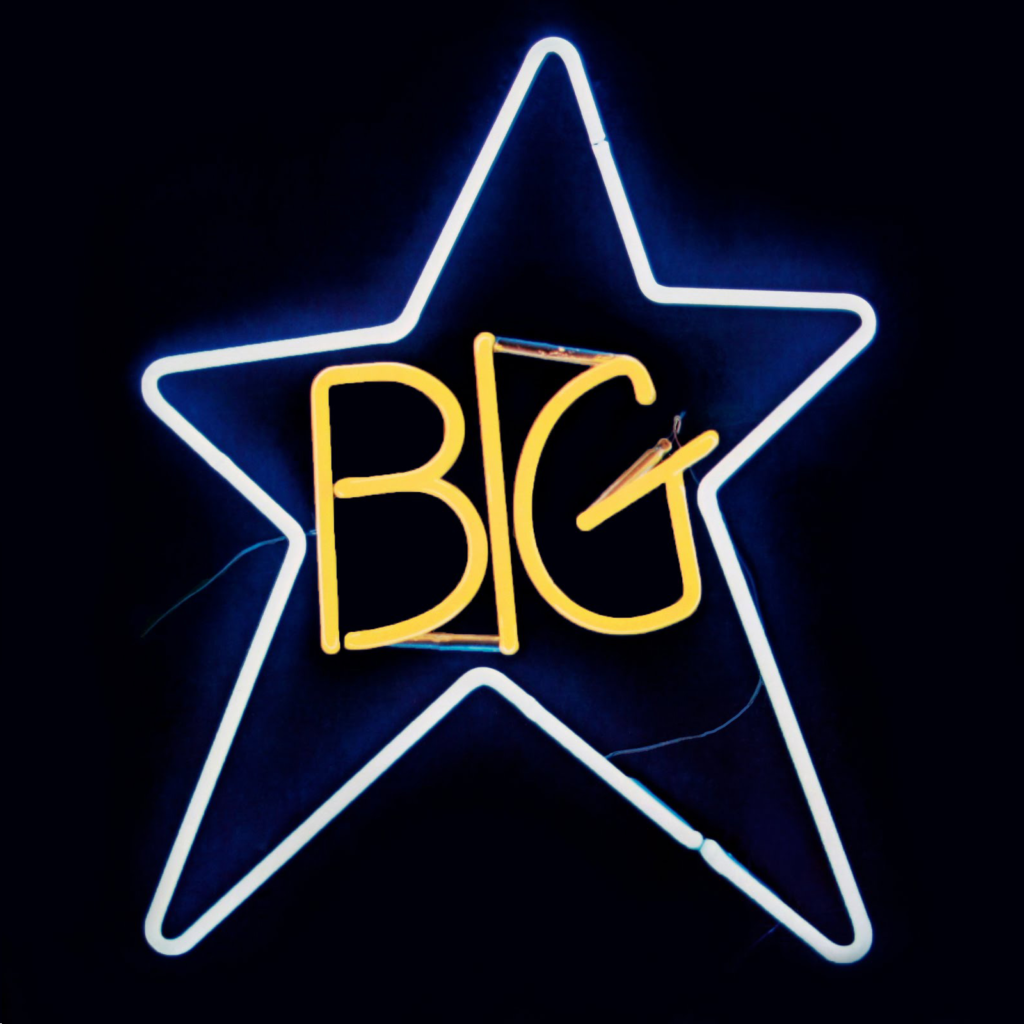
858
Formed in Memphis in 1971, Big Star would cheekily title their debut album #1 Record, but it would ultimately become known as one of the most influential flops in musical history. Built around the songwriting duo of Alex Chilton and Chris Bell, Big Star modeled their sound after The Beatles, and perhaps nowhere in their catalog do Bell/Chilton better channel Lennon/McCartney than on “The Ballad of El Goodo.”
Featuring one of Chilton’s most achingly beautiful melodies, “El Goodo” is the perfect exemplar of a power pop ballad. The band’s wordless harmonies behind Chilton’s lead in the verses are wonderful enough, but it’s their soaring work on the chorus (including the “hold on” refrain), that are particularly poignant. Big Star may have more iconic songs, but it’s the autumnal perfection of “El Goodo” that establishes the clearest connection between them and followers, such as R.E.M. and The Replacements.
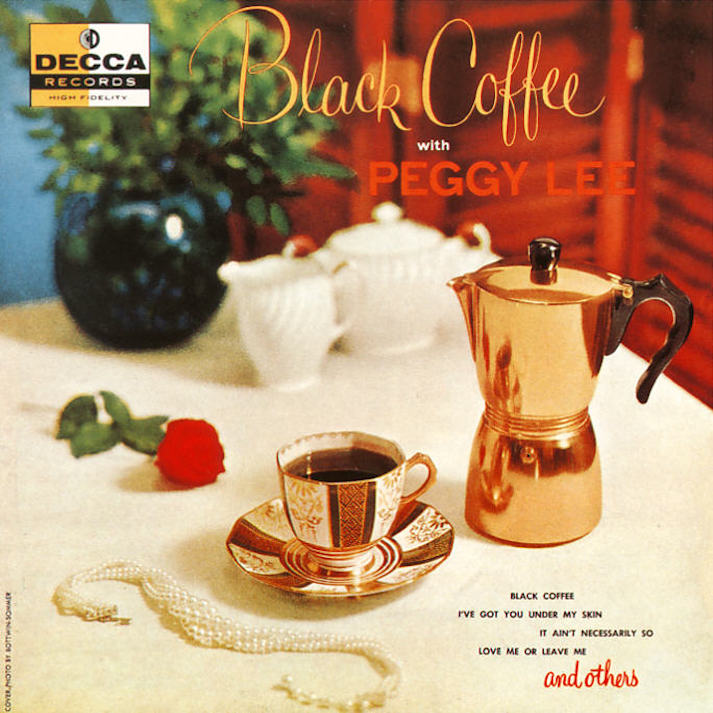
857
Peggy Lee began her recording career as a vocalist for the Benny Goodman Orchestra, but she would eventually chart a successful course of her own. The title track to her 1953 debut album for Decca, “Black Coffee” is arguably Lee’s finest moment on record, and one of the best examples of vocal jazz from the 1950s.
While Peggy Lee wasn’t the first artist to record “Black Coffee” – Sarah Vaughan charted with a take of the song in 1949 – her version is arguably the most memorable. Featuring the trumpet punctuations of Pete Candoli, Lee’s take is simultaneously sultry and mournful – captured in an impressively intimate small band setting. It provides an inviting entry point to one of the earliest notable “long-player” records.
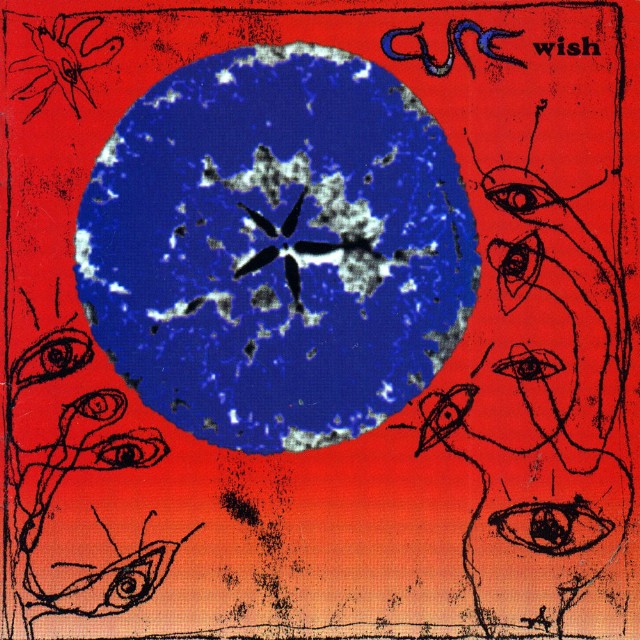
856
By the release of 1992’s Wish, The Cure had cultivated an undoubtedly dark image, despite the range of their prior work. That element is nowhere to be found on “Friday I’m in Love.” Despite the air of melancholy in Robert Smith’s lyrics, “Friday” is practically giddy when compared to the band’s previous album, 1989’s Disintegration.
Ranking with the greatest jangle pop singles of all-time, “Friday I’m in Love” is built upon an irresistible guitar riff that is matched only by the romanticism of Smith’s lyrics. Its upbeat nature, innate catchiness, and superb melodicism make it one of the most appealing tracks in The Cure’s formidable discography.
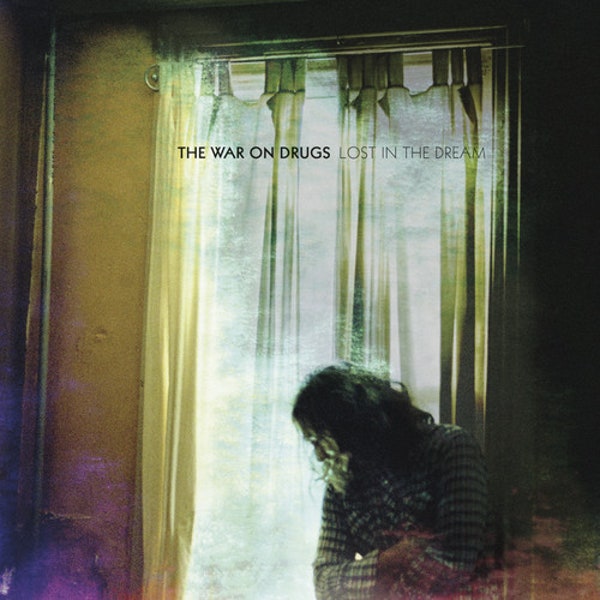
855
The War on Drugs achieved a critical and commercial breakthrough with their third album, 2014’s Lost in the Dream. The Philadelphia band reached a new highpoint with the record’s first single, “Red Eyes,” which successfully balances their penchant for ambience with a more straightforward rock sound.
While The War on Drugs have frequently drawn comparisons to heartland rock favorites such as Bruce Springsteen and Tom Petty, there is an atmospheric grandeur to the group’s best work that their role models often traded for a more grounded approach. “Red Eyes” incessantly pulses forward behind a driving beat, but Adam Granduciel’s combination of spacious guitar and keyboard melodies add an intriguing air of mystery and depth to the song – one undercut slightly by the song’s goofy video. Regardless, it’s the best track in their catalog to date.
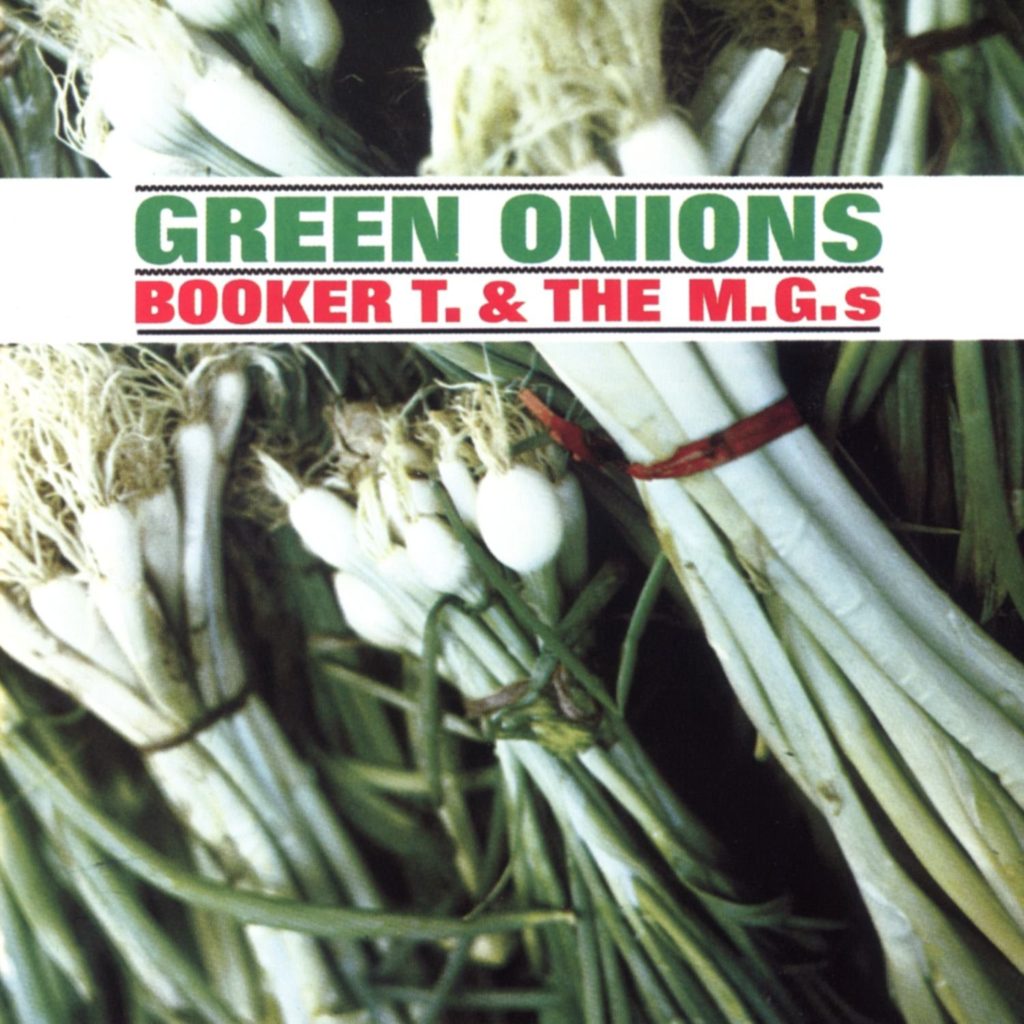
854
As the house band for Stax Records, Booker T. & The M.G.’s played on dozens of hit recordings during the Memphis-based label’s heyday in the 1960s. However, their own biggest hit may not have happened without a little bit of luck involved. “Green Onions” was recorded by the group when they needed a B-side for “Behave Yourself,” a song that itself was only recorded after the band’s session with vocalist Billie Lee Riley fell through at the last moment.
Ultimately, it was the B-side that proved to be the hit. “Green Onions” became one of the most successful instrumental singles of its time, due to Booker T. Jones’ infectious Hammond B3 organ riff, and the group’s largely improvised solos. Since the song’s release in 1962, “Green Onions” has soundtracked a number of iconic film and television scenes, but its familiarity has often overshadowed just how stellar a piece of music it is.
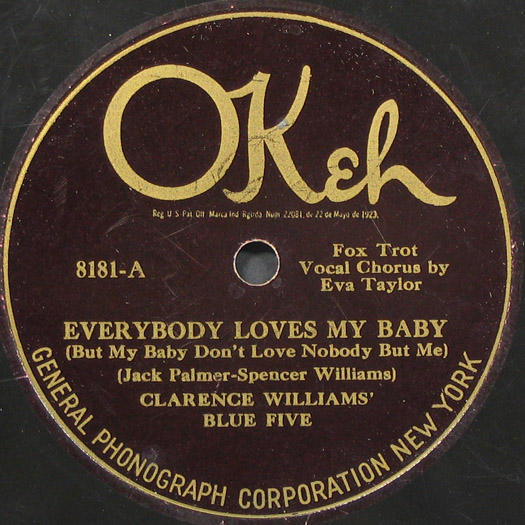
853
Clarence Williams was one of the most important jazz musicians of the 1920s, appearing as a pianist on hundreds of critically influential recordings during the genre’s infancy. Despite his prolificacy, Williams is best known for two tracks that found his band joined by his wife, Eva Taylor, on vocals: 1925’s “Cake Walking Babies From Home” (a near-miss for this list that features Sidney Bechet on soprano saxophone); and “Everybody Loves My Baby.”
Taylor’s vocal performance is bookended by two impressive solos. The first features Buster Bailey, whose smooth soprano saxophone sets the mood for Taylor. Right as her voice exits the picture, Louis Armstrong storms in with one of the finest cornet solos of his early career. Stealing this show was no easy task, but Armstrong pulls it off in a way that only he could.
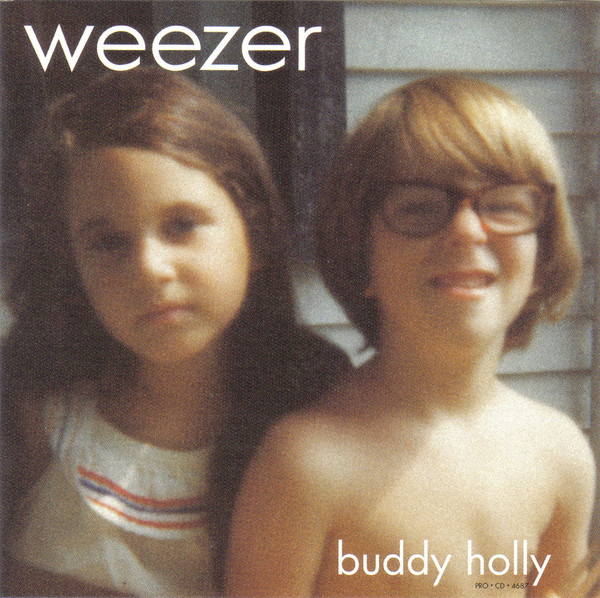
852
There are few albums that I can better remember hearing for the first time than Weezer’s debut. I purchased the “Blue Album” at a Best Buy in Phoenix toward the end of the summer of 1994, based on hearing “Undone – The Sweater Song” on my local radio station’s late-night alternative show. However, it wasn’t until several days later that I actually got a chance to listen to it upon returning home to Flagstaff. There were no lyrics printed inside of the CD insert, so for days I sat around my grandma’s house, staring at the inside photo of the band’s garage rehearsal space, wondering what the rest of the songs were going to sound like.
If the lyrics had been included, my first listen would have been a bit different – perhaps uninterrupted, as I had to restart the fourth track several times. There was no way that a song called “Buddy Holly” actually opened with the line “What’s with these homies dissin’ my girl, why do they gotta front?” This was the mid-nineties. Rock bands were supposed to be serious. Granted, I had been pulled in by a song about a sweater coming undone.
There was a knowing geekiness to “Buddy Holly,” and the nine songs that surrounded it on the “Blue Album.” It resonated with me. It resonated with my friends – even the ones that I wouldn’t meet for another two decades. It was a call to arms for nerds everywhere, especially those who loved music. A week away from my sophomore year of high school, I could not have asked for a better soundtrack.
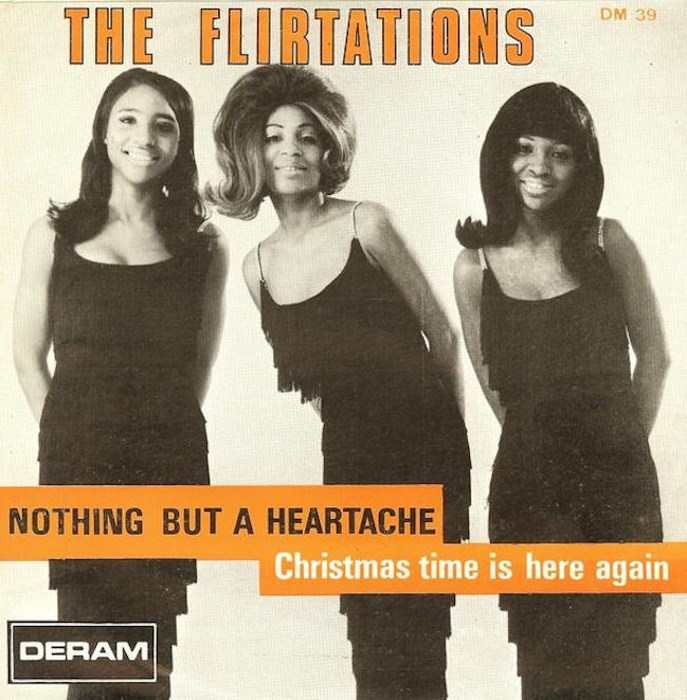
851
Though they formed in South Carolina, The Flirtations would ultimately become associated with Britain’s “northern soul” scene, as it wasn’t until the group’s relocation to England that they would achieve chart success. Despite that label, the group’s signature track could easily be mistaken for a classic Motown cut.
“Nothing But a Heartache” is built upon a dramatic instrumental backing, courtesy of producer Wayne Bickerton, who co-wrote the track with Tony Waddington. It’s matched by the power of the group’s dynamic vocal performance – one reminiscent of the best work of The Supremes. The song’s alluring video would reinforce the group’s UK connection, as it features the group performing the song at the picturesque Tintern Abbey, along the border of England and Wales.
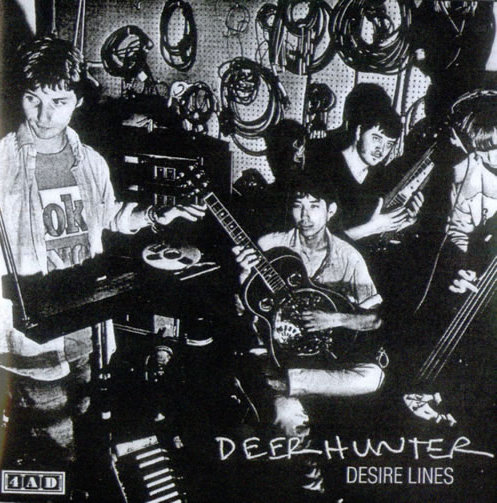
850
Though Bradford Cox is the person most frequently associated with the Atlanta-based Deerhunter, this track – one of the band’s finest moments – was written and sung by guitarist Lockett Pundt. A highlight of 2010’s outstanding LP Halcyon Digest, “Desire Lines” found the group mixing their experimental tendencies with sharp song craft.
The front half of “Desire Lines” features some of Deerhunter’s strongest melodic work to date – punctuated by the stuttering beat of the song’s verses. Things open up significantly in the chorus, as Pundt and Cox’s guitar arpeggios recall Pavement at their most atmospheric. It’s the second half of the track where the band pushes even further into the stratosphere with guitar lines that ascend, cascade, interlock, and detach, to create a wonderfully lush soundscape.
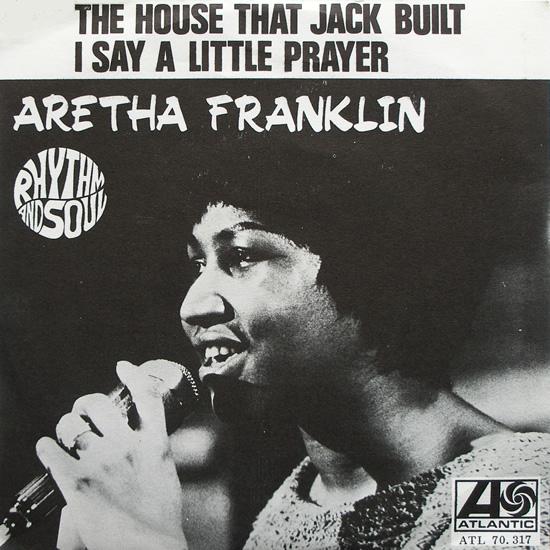
849
Initially recorded by Dionne Warwick in 1967, “I Say a Little Prayer” is one of the defining tracks of Aretha Franklin’s career. First appearing on the Queen of Soul’s 1968 album Aretha Now, and then serving as the B-side to “The House That Jack Built,” the song would eventually become a hit in its own right – especially in the UK, where it was Franklin’s highest charting single.
Written by Burt Bacharach and Hal David, “I Say a Little Prayer” was intended to be about a woman expressing her concern for a lover serving in Vietnam. While there is nothing in the lyrics that explicitly mentions the war, there is an urgency to Franklin’s stirring vocal performance that conveys an undeniable sense of apprehension. That urgency is punctuated by the pleading backing vocals of The Sweet Inspirations.
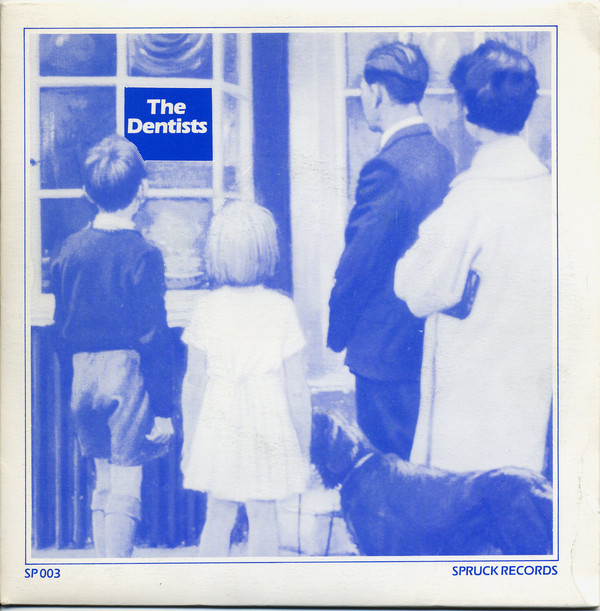
848
The sixties revivalism of the so-called Paisley Underground scene referred specifically to a group of California bands in the mid-eighties, but there was a similar strand of revivalism happening simultaneously in the UK. Among the best practitioners were a Kent group known as The Dentists, whose 1985 album Some People Are on the Pitch… is one of the great post-sixties psych records.
The Dentists’ finest sixties facsimile is the non-album single, “Strawberries Are Growing in My Garden (And It’s Wintertime),” whose title alone suggests The Beatles, circa 1967. “Strawberries” matches its chiming guitars to the band’s soaring harmonies, and captures it all in a decidedly lo-fi vibe that gives the song the feel of a long-lost garage rock classic. Three decades later, that’s exactly what it is.
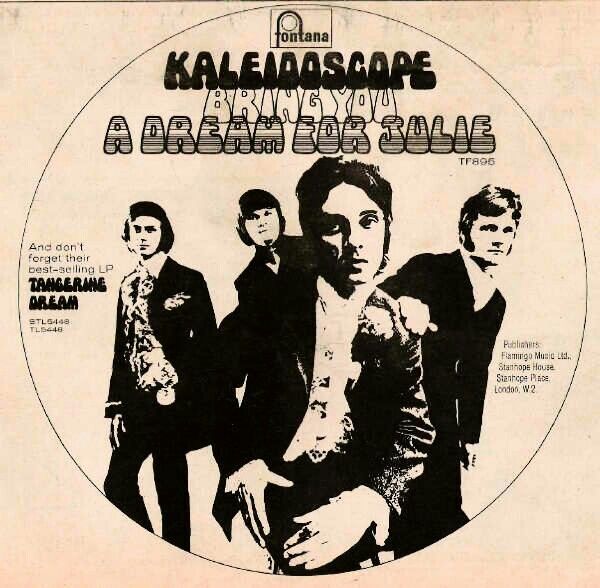
847
Not to be confused with the American band of the same name and era, Kaleidoscope was a short-lived British group who released one of the great records of the psychedelic sixties – 1967’s Tangerine Dream. Appearing as a non-album single the following year, “A Dream for Julie” is arguably the group’s finest moment.
Highly reminiscent of Syd Barrett-era Pink Floyd, “A Dream for Julie” trades in whimsical surrealist imagery, not unlike the child-like dreamscapes of Piper at the Gates of Dawn. Musically, the song’s defining element is the heavy tremolo of Eddy Pumer’s guitar, which adds a vibrant shade of color to the track’s wonderfully trippy sound.
*”A Dream for Julie” is not available on Spotify. I substituted the excellent track “The Sky Children” from Kaleidoscope’s 1967 album, Tangerine Dream for the playlist below.*
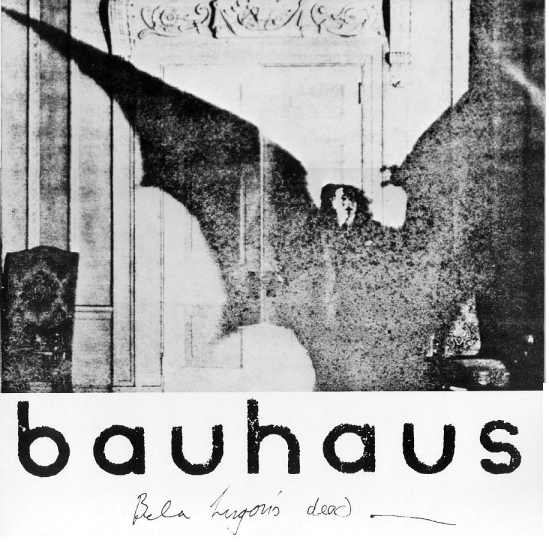
846
Attempting to pinpoint ground zero in the arrival of a musical genre is a task usually fraught with difficulty and disagreement, but there are a handful of exceptions, such as this debut single from Bauhaus. Stark, creepy, and oppressively dark, “Bela Lugosi’s Dead” is, for all intents and purposes, the beginning of gothic rock.
Over the course of its nine-and-a-half minutes, “Bela Lugosi’s Dead” pulses with tension – tension that never gets a proper release. The atmospherically experimental guitar work of Daniel Ash sets a suspenseful scene over the track’s throbbing bass and tiptoeing drums. It feels like an eternity before Peter Murphy’s voice – the first remotely human sound in the song – finally enters near the three-minute mark, but when it does, there’s no relief. No respite. Just darkness. Bela Lugosi’s dead.
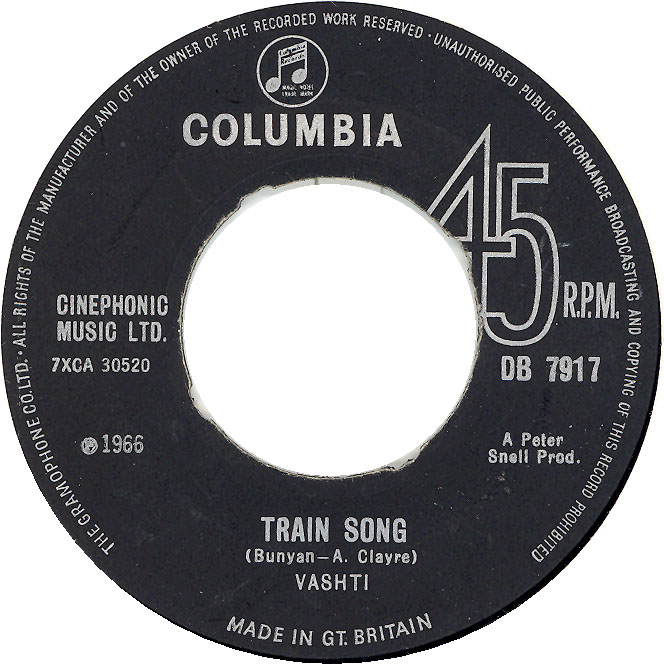
845
Today, Vashti Bunyan is best remembered for her 1970 album Just Another Diamond Day – a classic of British folk that took several decades to be acknowledged as such. Similarly ignored upon its 1966 release, her second single, “Train Song,” is arguably the most memorable track in Bunyan’s discography.
The best British folk music tends to capture the mythical gloominess of the English countryside – a quality that “Train Song” possesses in spades. Written by Alasdair Clayre – who reworked the song as “Traveling North” on his second and final record – “Train Song” is a sad lover’s lament. Vashti’s voice is beautiful and haunting, and it’s perfectly captured in the cold reverberation of the minimalist production, lending the track a mysteriously dark quality.
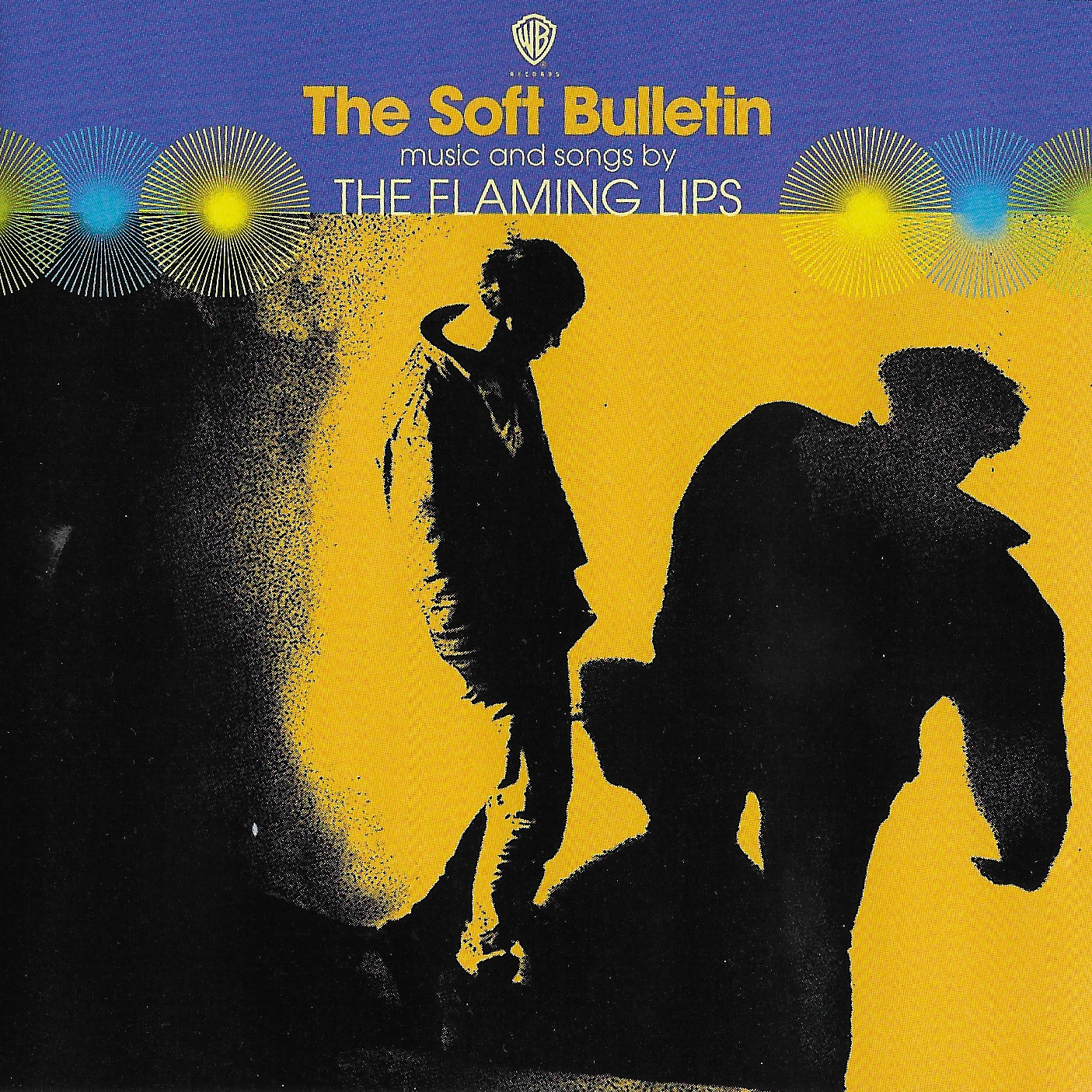
844
The Flaming Lips’ 1999 album The Soft Bulletin is a life-affirming masterpiece, but one of its most stirring tracks is a meditation on the inevitability of our own decay. Written after Wayne Coyne’s father died following a prolonged battle with cancer – and while multi-instrumentalist Steven Drozd was in the deepest throes of a heroin addiction – “Feeling Yourself Disintegrate” was an intensely personal song for the Oklahoma group.
Coyne’s lyrics are mournful, but they are beautifully adorned with the track’s lush instrumentation and choir-like vocals that recall Marvin Gaye’s masterpiece, 1971’s What’s Going On. However, it’s Drozd’s guitar solo that is the song’s most affecting element – arguably as close as I’ve ever heard music come to truly expressing pathos.
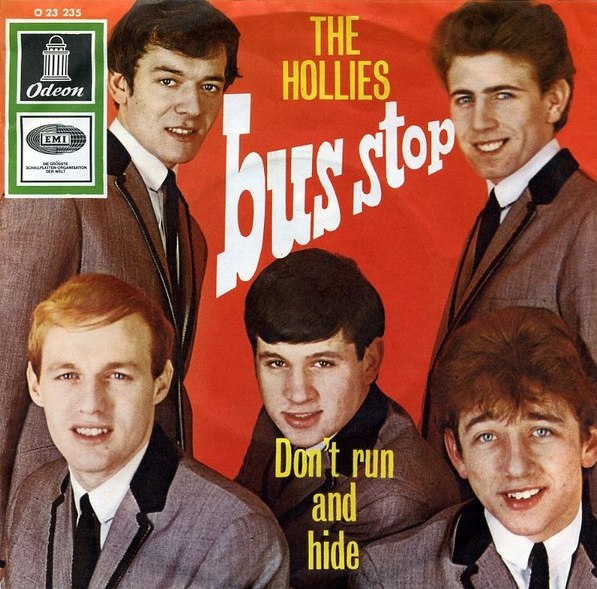
843
One of the great British pop singles of the sixties, “Bus Stop” was a hit for The Hollies on both sides of the Atlantic. Though the group had three talented songwriters in their ranks, the Beatle-y “Bus Stop” – particularly reminiscent of “Things We Said Today” – was penned by outside songwriter, Graham Goldman.
The most impressive component of “Bus Stop” is the track’s stellar harmonies – a signature for the Manchester group. While it’s a pure pop song, the dramatic melodic leaps and raga-esque 12-string guitar figures placed “Bus Stop” on the outer fringes of the emerging baroque pop and psychedelic pop stylings.
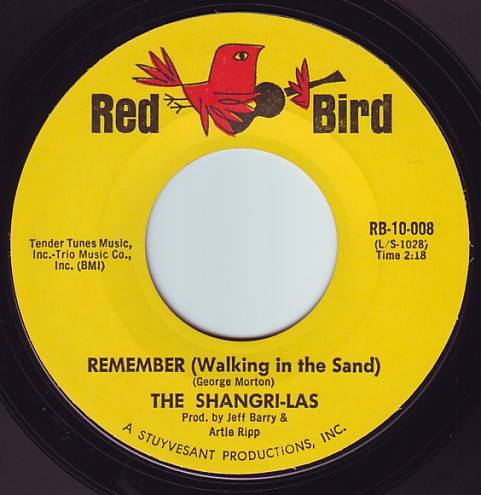
842
Melodrama was a critical component in many of the best sixties pop singles, and no group brought melodrama into their tracks more consistently – or better – than the Queens-based Shangri-Las. It was on this single – their first hit, and first recording with producer George “Shadow” Morton – that the group perfected the formula that would make them one of the most successful girl groups of the mid-sixties.
“Remember (Walking in the Sand)” features a plaintive lead vocal from Mary Weiss – only fifteen years old at the time of the song’s recording. The backing vocals of her sister Betty, and twins Marge and Mary Ann Ganser, add dramatic corroboration of her sad tale, while Morton’s production – complete with the sounds of seagulls and surf – fills in the atmospheric details of a teenage love story gone wrong.
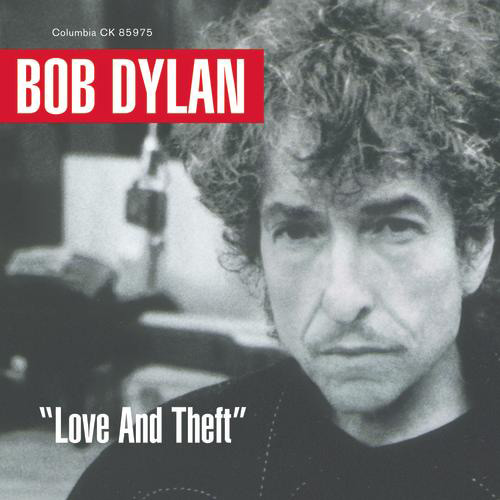
841
Love and Theft – Bob Dylan’s thirty-first studio album – was released on September 11th. The September 11th. Upon its release, many critics described the album as evoking the music of “pre-war America.” That phrase, pre-war, echoed in my mind as I listened to it on 9/11, and the days that followed. This album may have taken inspiration from stylings popularized before World War II, but in my mind, I was listening to what was arguably the last great piece of art created in a world that now, instantaneously, seemed every bit as bygone.
The album is a masterful set, full of excellent songs, but “Mississippi” stands as its clear highlight. It finds Dylan reflective, rueful, and regretful. He’s more direct than usual. Alarmingly so. He’s seen his share of shit, but has managed to take it all as an experience. A chance to learn. A chance to grow. Nearly four decades prior, he had introduced Another Side of Bob Dylan, and here he was, all these years later: an American institution, revealing yet another layer.
Over a lifetime of listening, I’ve learned that there’s a Bob Dylan line for virtually every situation, even unprecedented ones. “Mississippi” provided more than a few that fit the moment at hand – some terrifyingly so – but one stuck with me more than any other. As “Mississippi” nears it conclusion, Dylan states: “You can always come back, but you can’t come back all the way.” He was right. Dust eventually settles. Buildings may fall, but institutions remain.


